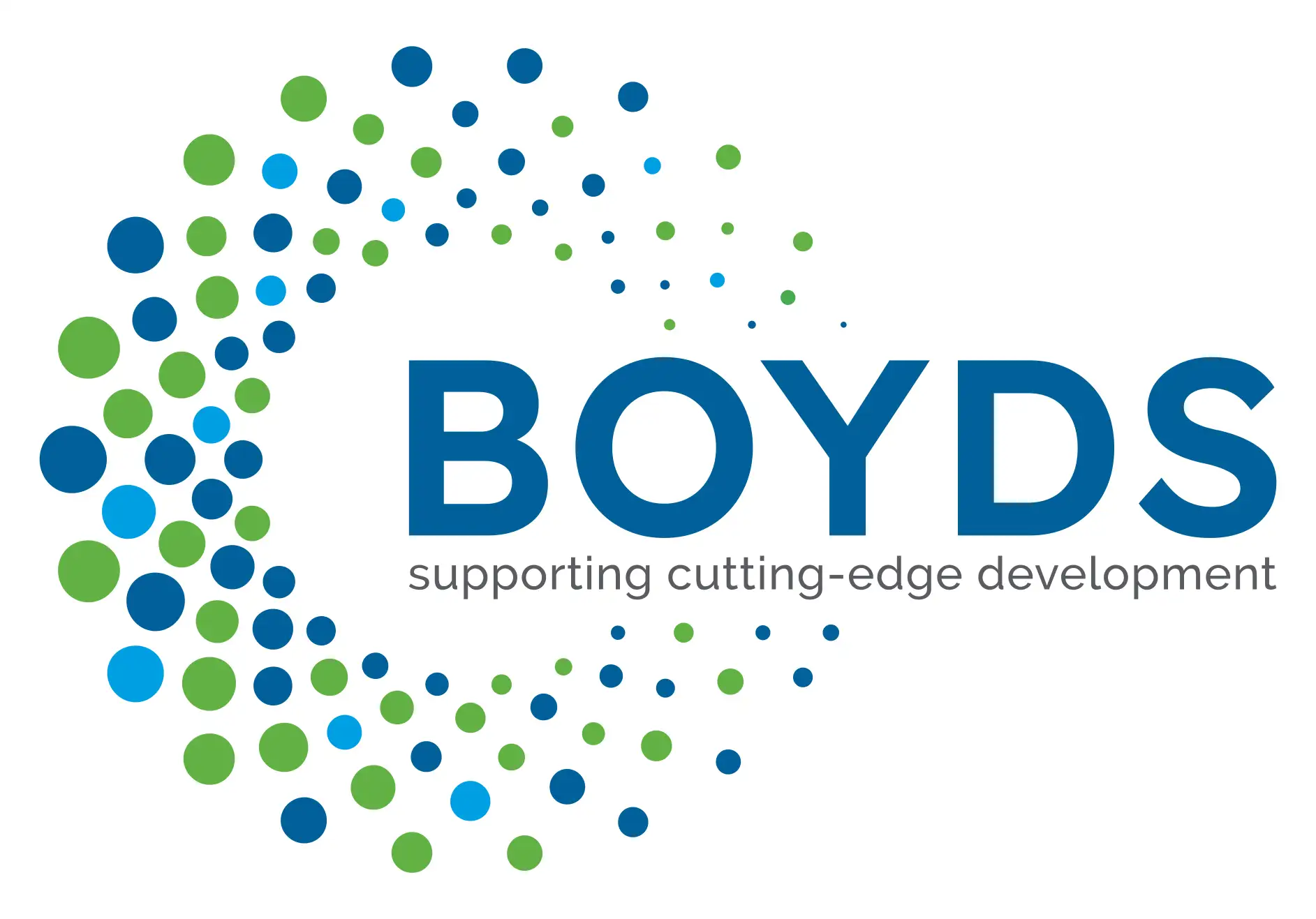Following on from Brexit and the departure from the EU, the UK is building its own regulatory regime. The aim of this process is to improve the regulation of medical devices and diagnostic devices through a new framework, delivering improved patient and public safety, greater transparency, and more proportionate regulation of medical devices.
Toward the end of 2021, the Medicines and Healthcare Products Regulatory Agency (MHRA) carried out a consultation on proposed changes to the regulatory framework for medical devices in the United Kingdom (UK). On the 26th of June 2022, the MHRA published the report that outlines the UK government’s response to the consultation on the future regulation of medical devices in the UK. View the report here.
The consultation received over 890 responses from a wide spectrum including healthcare professionals, manufacturers, trade associations, healthcare institutions and patients/members of the public.
The detailed 155-page document, which includes 16 chapters, presents the UK government review of the consultation feedback and outlines that the new framework for regulation of medical devices in the UK will be built on the following five pillars:
- Strengthening MHRA power to act to keep patients safe
- Making the UK a focus for innovation, the best place to develop and introduce innovative medical devices
- Addressing health inequalities and mitigating biases throughout medical device product lifecycles
- Proportionate regulation that supports businesses through access routes that build on synergies with both EU and wider global standards
- Setting world-leading standards – Building the UKCA mark as a global exemplar
It appears that the UK will be largely aligning to the EU Regulation requirements, but with significant differences in some key areas and new requirements surrounding new and innovative medical devices.
Key points in the government’s response include:
- Preparing regulations that reclassify products, such as certain implantable devices, extend the scope of regulations to capture certain non-medical products with similar risk profiles to medical devices (eg. dermal fillers, coloured contact lenses) and strengthen and increase post-market surveillance requirements to ensure better incident monitoring, reporting and surveillance.
- Improved traceability of medical devices, including the use of Unique Device Identification (UDI).
- Support for innovation in medical devices, and access to medical devices via improvements in the regulation of novel and growing areas such as software (including artificial intelligence (AI)) as a medical device in order to offer alternative and safe routes to market for game-changing innovation.
- Due to the scale of the changes, the government will take a step-by-step transition to the new framework.
As stated in the report:
“The new transitional measures outlined in the response will be implemented to support continued access to safe medical devices to UK patients, whilst providing time for industry and the healthcare sector to prepare for the transition. In fact, the UK Government are committed to building the UK Conformity Assessed (UKCA) marking as a global exemplar, and it is vital that the necessary building blocks are in place to ensure that the UK market remains an attractive and favourable place to innovate and do business for the benefit of patients and carers. A phased transition into the new regime is critical to its success.”
The proposed regulations make reference to further and/or new guidance that is expected to be published in the future. Manufacturers will need to keep aware of these updates and Boyds will be monitoring closely the activities of the MHRA as more in-depth details are published.









